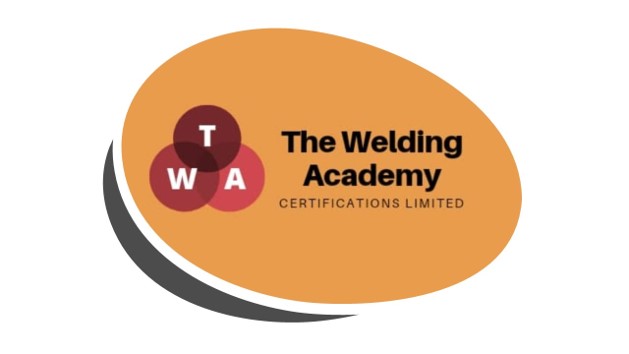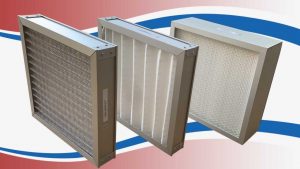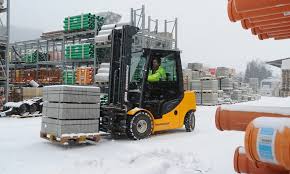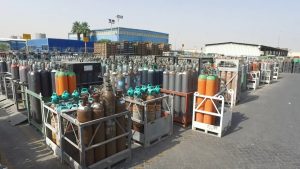Welding Fume Extraction Regulations: Do I Need a Fume Extractor?
Other Common Questions about Welding Fume Regulations
- Are Welding Fumes Dangerous?
- Do I need an extractor for MIG welding?
- Do I need an extractor for TIG welding?
- What are the HSE Welding fum Guidelines?
- Which welding gases are dangeruos?
- Can welding give you cancer?
Welding is used in a large number of industries all over the UK. Vehicle Manufactures, Constructions and any industries that utilize Metal Fabrication are all going to require some amount of Welding.
Welders train for years to perfect their art, and we all know a great welder is hard to come by. Over time they expose themselves to dangerous levels of hazardous fumes that can cause a number of serious health problems including lung infections, asthma, permanently reduced lung function and Cancer.
In order to protect these skilled workers in the UK, the HSE (Health and Safety Executive) introduced and changed a number of regulations regarding the safety of welders and the welding environment.
They have released a number of guidelines with regards to lowering risks and keeping your staff safe. To enforce these, the HSE are able to serve Improvement Notices to any companies found to not be within these guidelines. This can result is fines or other legal action should the company not comply.
Welding indoors will always need extra ventilation or safety equipment to be safe.
Here we would like to break down how to make your welding environment safer for your workforce.
Why are Welding fumes so Dangerous?
The fumes created by welding are a hazardous cocktail of particles made up of broken down materials and gases including welding shielding gases as well as gases produced by welding consumables. Together these release a number of chemicals including Nitrous oxide, Carbon dioxide, Carbon monoxide, Argon, Helium and Ozone. The Base material is also broken down and can be inhaled as
aluminum oxide, iron oxide, magnesium oxide, lead oxide, fluoride, copper oxide, manganese oxide, molybdenum oxide, chromium(III) compounds, or nickel and cobalt oxides depending on what is being welded.
These particles are often smaller than 0.1 µm and are classed as ultra fine irreparable particles.
Control the Risk
According to the HSE, the best ways tor educe risks during welding are:
- Reduce exposure
- Use RPE (respiratory protective equipment)
- Use LEV (local exhaust ventilation or fume extraction)
Looking into these methods it has been found that some are more effective than others, but all should be followed to some regard.
The HSE COSHH WL3 Welding Fume Control sheet reads as follows:

Exposure
Reducing exposure, while simple in concept, is complicated to achieve. It is not as easy as ‘weld less’ because many industries were welding is required, that might not be an option. The alternative is to automate the welding process, and while this is effective it is also extremely costly.
Different welding methods produce fewer (or greater) amounts of dangerous fumes. The various chemicals found in welding fumes include: Nitrous oxide, Carbon dioxide, Carbon monoxide, Argon, Helium and Ozone. As you can imagine none of these are good to breathe but some are definitely worse than others.
However, welding method or materials are not always negotiable and in many cases welders wont have a say in this. So having a protection method that covers all types of welding is in their best interest.
RPE
RPE, or Respiratory Protective Equipment, comes in the form of masks and air feeding equipment. These are recommended when good ventilation is not achievable and come with their own drawbacks. Many masks require wearers to be clean shaven to be properly effective, and individual protection can become costly where larger groups are concerned. RPE is usually only recommended as a supplement where proper ventilation cannot be achieved, and even then ventilation is still the Number 1 suggestion.
LEV (Local Exhaust Ventilation) and Fume Extractors
The most effective method to protect your welders from the hazardous fumes is through the use of Local Exhaust Ventilation. Fume Extraction units placed on workstations remove the fumes from the welding area and maintain clean breathable air.
This also has the benefit of pulling the fumes away from the surrounding areas, preventing others nearby from being exposed as well.
Having an extraction unit attached to each workstation ensures that every welder is protected during their working time. A portable fume extractor can also be incredibly useful when looking to protect an entire factory from hazardous fumes spreading throughout.
At X-tract we are always looking out for our customers and the welfare of our valuable welding workforce. X-Tract Fume Extraction units were specifically designed to address the health concerns mentioned in the HSE guidelines. We seek to better the lives and conditions of our customers and hope this piece has answered any questions you may have.







